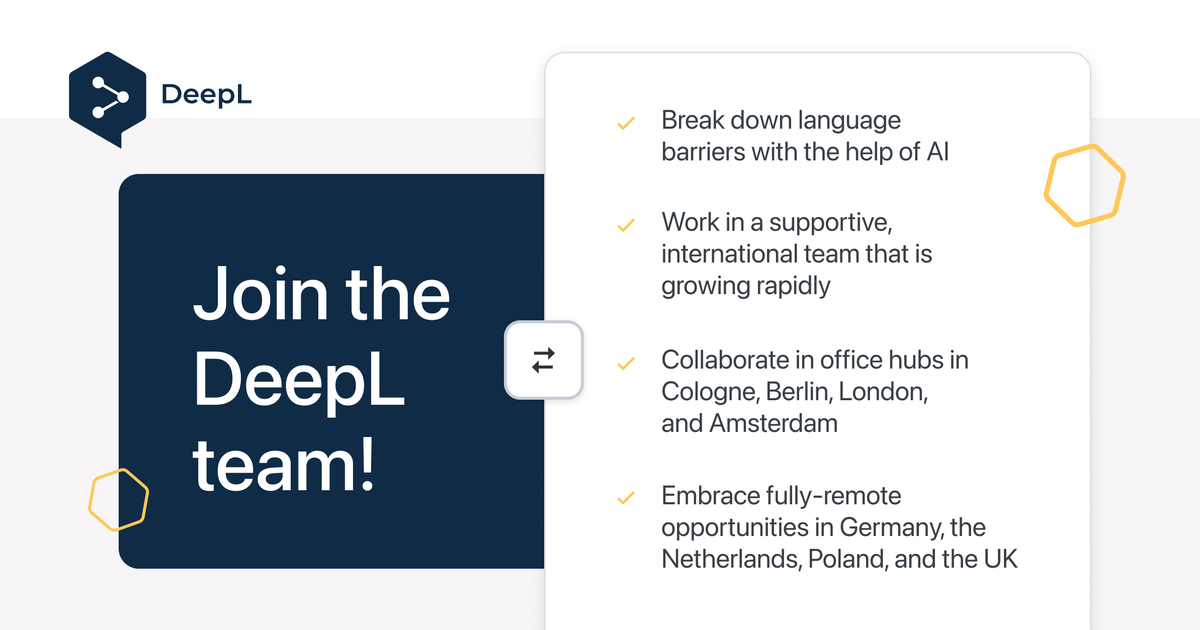

With all of this in place, Linguee took the opportunity to move into neural machine translation, and DeepL was born. Human linguists then worked to develop the refined dictionary entries that comprise Linguee. Linguee used web crawlers to gather those bilingual text samples from the Internet and analyzed their quality with machine learning algorithms. The strength of a product often grows from its roots, and DeepL Translation grew from an online dictionary called Linguee, which is basically a database of millions of language-pair segments. Ongoing research and evolution are evidence of DeepL’s ambition to become the leading AI company in Europe. But the dominant MT paradigm today, just a few years later, is the “transformer model,” and something like this may be fundamental to DeepL’s operation now. It was originally built on convolutional neural networks (CNNs), which are a type of NMT typically used for analyzing images. DeepL SE is the Cologne-based parent company of the DeepL products, and it’s quiet about the exact formula of DeepL Translation’s processing power, not disclosing details in research papers or technical articles. Originally it offered translations between seven European languages, and it currently supports 31.

As one of the tools we make available to our linguists, we have been using DeepL since 2021, adding it into the workflow when our specialists and clients agree that it provides a benefit.ĭeepL Translate is a German product that was launched in August of 2017. More creative translations like marketing texts and literature rarely benefit from MT and are often handled entirely by humans. For those who are comfortable with MT, we have found that there are situations when it reduces cost and time while also increasing accuracy. When a client doesn’t want any MT integrated into the processing of their texts, Skrivanek Project Managers completely respect that request. What DeepL calls the “Glossary, is an innovative interface between DeepL Translator’s artificial intelligence and people’s individual requirements and preferences.”* That’s because its algorithms somehow create more natural, fluent output, guided by user options such as the choice between formal and informal tones.

According to the French newspaper, Le Monde, “It sounds more French” than other MT results. Skrivanek tested and compared the major NMT services, and we have found DeepL to be the most nuanced and accurate overall. In some ways, for some languages, it’s the best. DeepL Translator is one of the most effective neural machine translation (NMT) systems available.


 0 kommentar(er)
0 kommentar(er)
